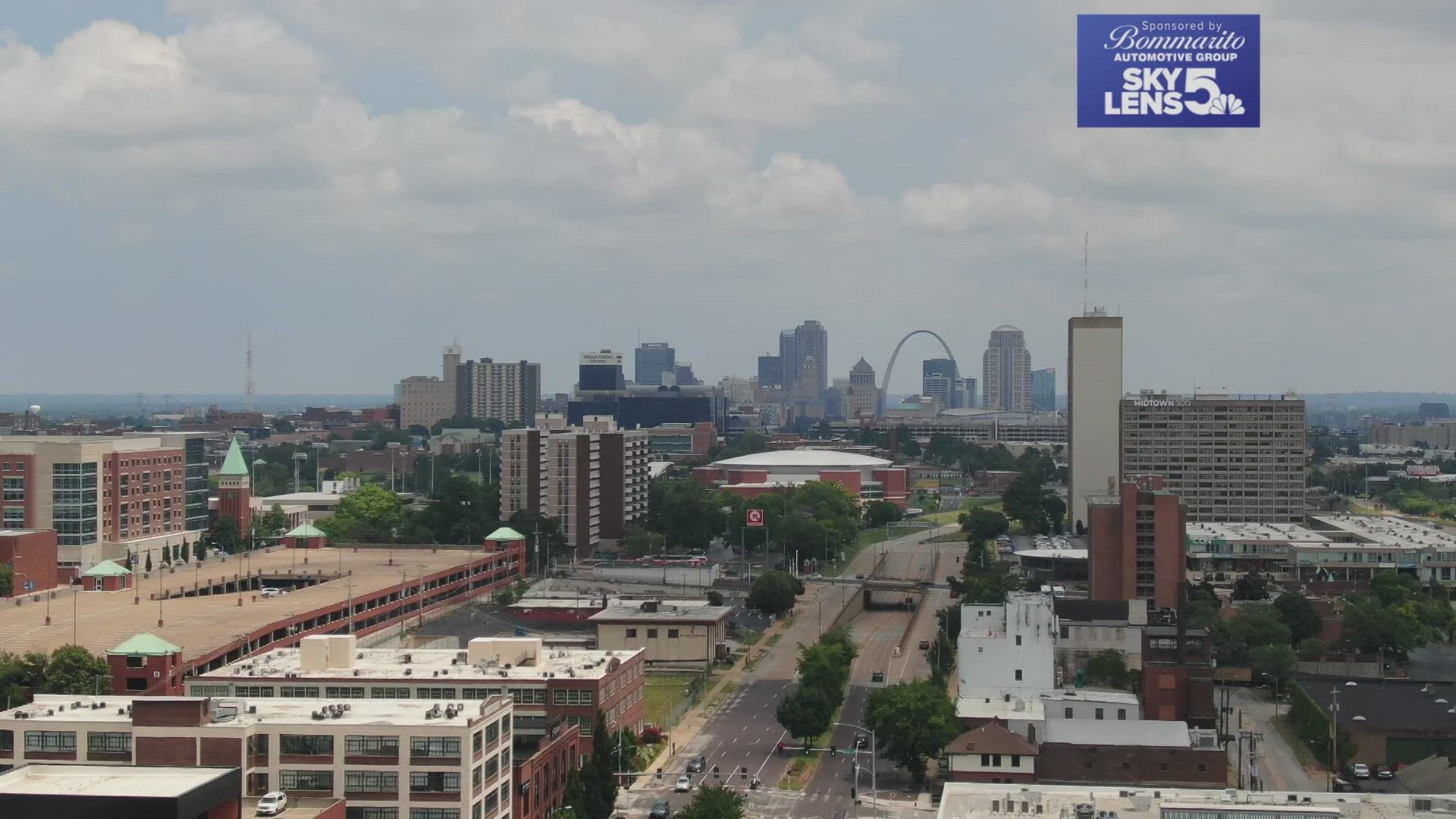Byers' Beat is a weekly column written by the I-Team's Christine Byers, who has covered public safety in St. Louis for 15 years. It is intended to offer context and analysis to the week's biggest crime stories and public safety issues.
ST. LOUIS — One battle for the St. Louis Police Department with St. Louis Circuit Attorney Kim Gardner’s Office ended after nearly two years this week, while another that’s been waging for four years continues.
Drug evidence piling up from old cases at the St. Louis Crime lab including Fentanyl and moldy marijuana had begun to pose a health risk to workers there. It got destroyed this week after the St. Louis Police Department compromised with Gardner’s office -- even though a judge said it didn’t have to.
In a motion filed with the court Thursday, City Counselor Sheena Hamilton and Assistant City Counselor Ray Flojo wrote the bulk of evidence from 6,890 cases had been destroyed – with the exception of 31 cases Gardner’s argued it needed to preserve for open cases dating to 2015.
The police department presented evidence Monday during a hearing in front of Judge Jason Sengheiser showing it had been asking Gardner’s office to review the nearly 7,000 cases since March 2021.
Evidence purges are routine, and Gardner’s Office has signed off on them at multiple times since she’s been in office.
This time, for some reason, her office did not respond to the police department’s requests for a destruction order.
So, they asked the city counselor’s office to take Gardner’s office to court after the evidence vault started overflowing and causing a hazard.
Assistant Circuit Attorney Rob Huq told the judge he found 31 cases in a very cursory search of the 6,890 cases that were still open and needed to be preserved.
With just a preliminary search like that, Huq argued his boss’s office needed at least six more months to comb through the files and suggested in a filing the first-time prosecutors heard about the matter was Oct. 24.
Sengheiser pressed Huq to explain why suddenly now that a lawsuit had been filed did Gardner’s office find time to do even a preliminary review of the cases in question.
Huq didn’t have an answer, and the judge ruled all of the evidence be destroyed.
Huq took two more passes at the judge this week, asking that he stay his destruction order.
First, he asked for the additional six months for review again.
Sengheiser wasn’t having it, saying Huq’s suggestion that Gardner’s office became aware of the situation in October was “a misdirection or partial truth at best, but possibly an outright lie.”
Then, on Wednesday, Huq asked if the court would amend its order and asked that the 31 cases in question be preserved.
Huq also suggested the Court erred when it said the statute of limitations had run out on most of the cases.
Sengheiser again knocked down the request, with some even more choice words.
“The evidence at the Nov. 7 hearing clearly demonstrated it had about 20 months to respond to the city’s request. As such, the Court finds the CAO is not entitled to the benefit of any doubt. It has squandered any goodwill it may have had by attempting to mislead the Court,” he said.
Not long after the judge entered that response Wednesday, the city’s attorneys entered theirs.
It confirmed the crime lab carried out Sengheiser’s order with a catch -- the controlled substances associated with the 31 cases Huq cited during the hearing had been preserved.
That means that in the end, what’s supposed to happen, happened.
The police department sent a list of old cases to the Circuit Attorney’s Office asking for permission to destroy the evidence from them.
The Circuit Attorney’s Office reviewed the list and came up with some cases it said needed to be preserved.
So, the police department preserved them and destroyed the rest, so they didn’t pile up and create hazardous conditions for crime lab workers.
It’s just not supposed to take a lawsuit to make it happen.
Evidence presented during the hearing also revealed another backup situation that the police department has been facing: a pile up of unclaimed property.
The police department has been asking Gardner’s office to enter a motion on its behalf with the court to destroy some of the property since 2018.
In a letter dated Aug. 5, Interim Chief Mike Sack asked Gardner to file a destruction order no later than Oct. 3 to address the “critical storage issue.”
In a statement, Sgt. Charles Wall wrote: “While no action has been taken to date since the letter you reference was originally sent, the St. Louis Metropolitan Police Department continues to work toward a resolution to this ongoing issue.”
No word yet on whether Gardner’s office is working toward a resolution.
Gardner’s office has not responded to our request for comment.



